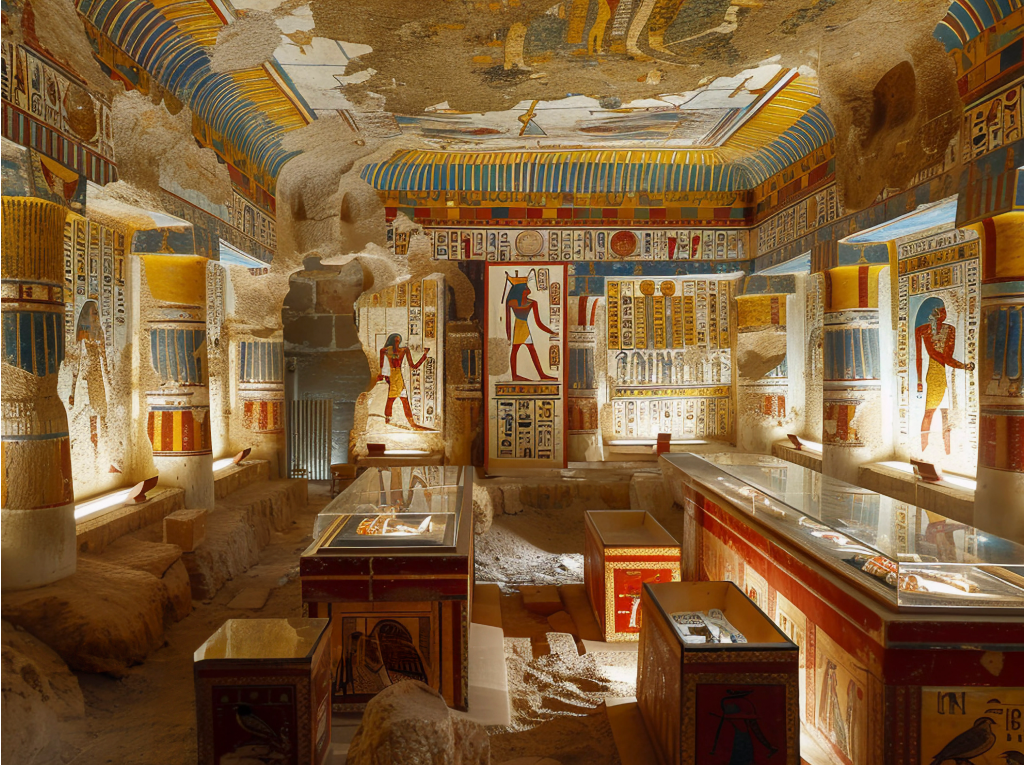Art has come a long way from the detailed realism of the Renaissance to the abstract forms of modern-day creations. Understanding the evolution of art not only deepens your appreciation but also helps you see how contemporary artists draw inspiration from the past.
The Renaissance period (14th to 17th centuries) was marked by a return to classical ideals and a focus on realism, perspective, and human anatomy. Artists like Leonardo da Vinci and Michelangelo revolutionized painting and sculpture by emphasizing proportion and depth, allowing their subjects to come to life in ways never seen before.
As time progressed, the Baroque period brought drama and emotion into the forefront, characterized by dynamic compositions and intense contrasts of light and shadow. Artists such as Caravaggio and Rembrandt used these techniques to evoke strong emotional responses from viewers.
The Impressionist movement of the late 19th century challenged traditional artistic norms. Artists like Claude Monet and Edgar Degas broke away from detailed realism, focusing instead on capturing fleeting moments, light, and color. Their work laid the groundwork for more experimental styles in the 20th century.
One of the most influential movements of the 20th century was Cubism, led by Pablo Picasso and Georges Braque. By fragmenting and abstracting objects into geometric shapes, Cubism represented a radical shift away from centuries of representational art.
Today, contemporary art encompasses a wide range of styles, from abstract expressionism to digital art. While modern-day artists often experiment with materials and forms, they still draw inspiration from the techniques and innovations of the past. Understanding this evolution allows you to see how art continues to push boundaries, reflecting cultural changes and technological advancements.
Explore our website to discover contemporary artists who are blending tradition with innovation to create the art of tomorrow.

.png)
